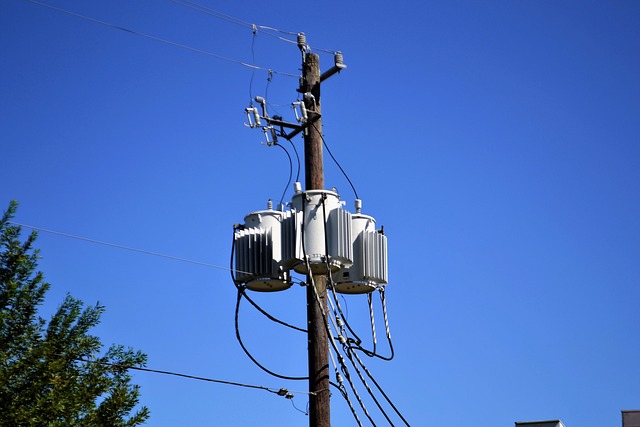LED lighting has revolutionized space illumination with its energy efficiency, versatility, and long-term cost savings. Electricians can leverage this technology's appeal to offer significant savings to homeowners. Before installation, electricians must prepare a safe, organized work environment, following local regulations and consulting professionals for complex cases. The installation process involves turning off power, testing voltages, removing existing fixtures, drilling mounting spots, securely installing fixtures, and properly connecting wires. Regular maintenance, including inspecting for damage and troubleshooting issues, ensures LED longevity. Electricians play a vital role in promoting sustainability by recommending suitable LED options and ensuring proper installations.
“Elevate your home or business with energy-efficient lighting solutions! This comprehensive guide, tailored for electricians, covers all aspects of LED fixture installation. From understanding the benefits and various types of LED lighting to ensuring a safe installation environment, we provide a step-by-step process. Learn how to reduce energy costs and minimize environmental impact while maintaining long-lasting fixtures. Discover expert tips for troubleshooting, ensuring your clients receive top-notch lighting installations.”
- Understanding LED Lighting: Benefits and Types
- Preparation: Ensuring a Safe Installation Environment
- Step-by-Step Guide to Installing LED Fixtures
- Energy Efficiency: Lowering Costs and Environmental Impact
- Maintenance and Troubleshooting Tips for Longevity
Understanding LED Lighting: Benefits and Types
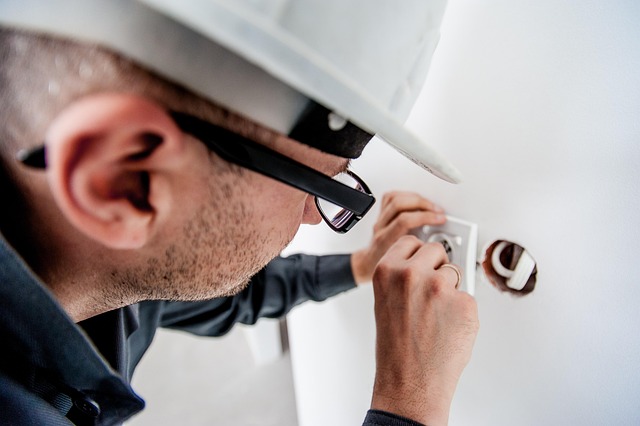
LED lighting has revolutionized the way we illuminate our spaces, offering a vast array of benefits that make it a popular choice for electricians and homeowners alike. These energy-efficient lights are renowned for their longevity, consuming significantly less electricity than traditional incandescent bulbs. This results in substantial cost savings over time, making LED fixtures an attractive investment for any electrical installation.
In terms of types, LED lighting encompasses various options tailored to different applications. From ambient lighting that creates a warm and inviting atmosphere to task-specific lighting designed for work areas, there’s an LED bulb suited for every need. Additionally, LED technology allows for innovative features such as dimmability, color temperature control, and smart connectivity, further enhancing their versatility and appeal.
Preparation: Ensuring a Safe Installation Environment
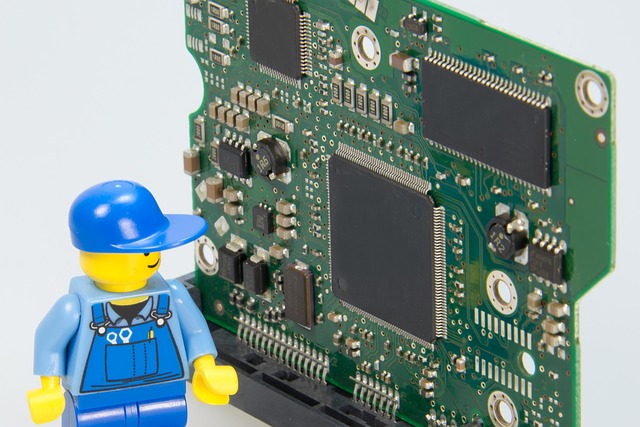
Before installing any lighting fixtures, especially energy-efficient LEDs, creating a safe and prepared installation environment is paramount. This involves a meticulous process where every detail counts. Start by turning off the power at the main circuit breaker to ensure no electrical hazards during work. Verify this with a voltage tester to confirm the circuit is dead. Then, assess the space, ensuring it’s well-ventilated and clear of any obstructions or tripping hazards.
For an electrician, preparing the area means organizing tools and materials efficiently. This includes gathering appropriate ladder(s), safety gear, and the right LED fixtures for the job. A clean, organized workspace not only enhances productivity but also reduces the risk of accidents, making it safer for both the professional and anyone in the vicinity.
Step-by-Step Guide to Installing LED Fixtures

Step-by-Step Guide to Installing LED Fixtures
1. Preparation: Before starting, gather all necessary tools and materials, including your LED fixtures, screws, wire connectors, and a ladder. Ensure your workspace is well-lit and safe. It’s crucial to follow local electrical codes and consult with a professional electrician if needed, especially for complex installations.
2. Turn Off the Power: Safety first! Locate the circuit breaker or fuse box and turn off the power to the area where you’ll be installing the fixtures. Test the circuit with a voltage tester to confirm there’s no power flowing. This step is vital to prevent accidents and electrical shocks.
3. Remove Existing Fixtures (if applicable): If replacing old lights, carefully remove them by unscrewing any mounting hardware and disconnecting the wires. Take note of how the wires were connected for easier reassembly later.
4. Prepare Mounting: Position your LED fixtures according to the desired layout. Mark the spots where screws will go through the ceiling or wall. Drill pilot holes to ensure screw placement is accurate, preventing damage to surfaces.
5. Install Fixtures: Secure each fixture by screwing it into place using the marked pilot holes. Ensure the fixtures are level and aligned correctly. Connect any hanging wires or chains as per manufacturer instructions.
6. Wire Connections: Identify the positive (+) and negative (-) terminals on both your LED fixtures and the electrical wiring. Match these terminals and securely connect them using wire connectors. Tighten connections to prevent loose ends.
7. Final Checks: Once all fixtures are installed, check that every connection is secure. Turn on the power at the circuit breaker/fuse box and inspect if the lights function properly.
Energy Efficiency: Lowering Costs and Environmental Impact
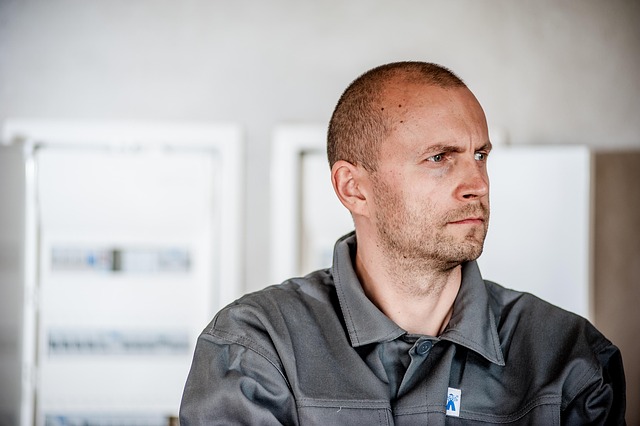
Energy efficiency is a key benefit of installing energy-saving LED lighting fixtures, and it’s one that both homeowners and electricians can appreciate. LEDs consume significantly less electricity than traditional incandescent bulbs, translating to lower energy costs for residents. This savings isn’t just financial; it also has a positive environmental impact. By reducing energy usage, LEDs help decrease carbon emissions and contribute to a greener planet.
Electricians play a vital role in promoting energy efficiency by recommending and installing LED fixtures. They can guide clients on the best LED options for their homes, considering factors like lumens, color temperature, and warranty. Proper installation ensures these bulbs last longer, further enhancing their cost-saving and eco-friendly benefits.
Maintenance and Troubleshooting Tips for Longevity
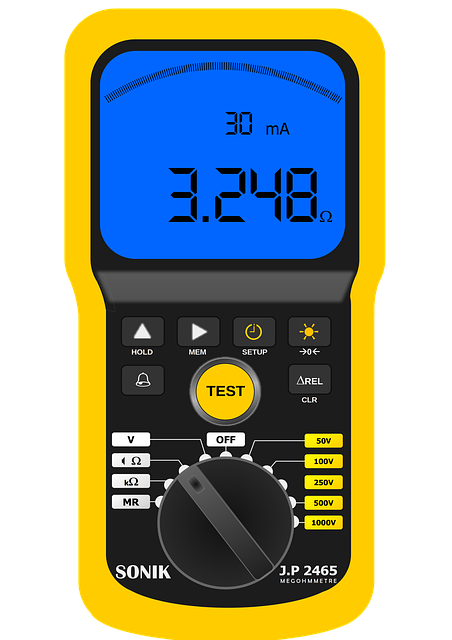
Regular maintenance is key to ensuring your LED lighting fixtures have a long and efficient lifespan. Start by inspecting them periodically for any signs of damage, loose connections, or excessive heat buildup. Dust and debris can also accumulate over time, reducing light output, so keep these areas clean using a soft cloth or brush.
When troubleshooting issues, check power sources first to rule out any electrical problems. Flickering lights might indicate a faulty LED driver or dimmer switch; replacing these components can resolve the issue. If a fixture is not lighting up at all, verify that the installation is correct and that all connections are secure. An experienced electrician can help diagnose and fix complex issues, ensuring your energy-saving LEDs continue to provide optimal illumination for years to come.
When it comes to lighting installations, an electrician’s expertise is invaluable. By understanding LED technology, preparing a safe workspace, and following a structured guide, professionals can efficiently install energy-efficient LEDs. This not only reduces electricity bills but also minimizes the environmental footprint. Regular maintenance and quick troubleshooting ensure these fixtures last for years, providing bright, cost-effective solutions for any space.
